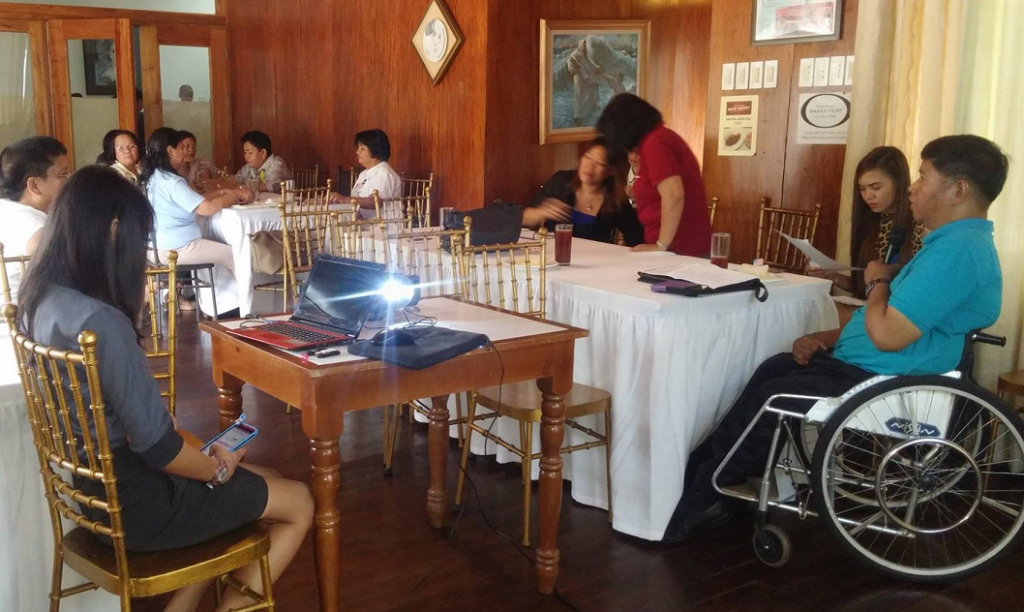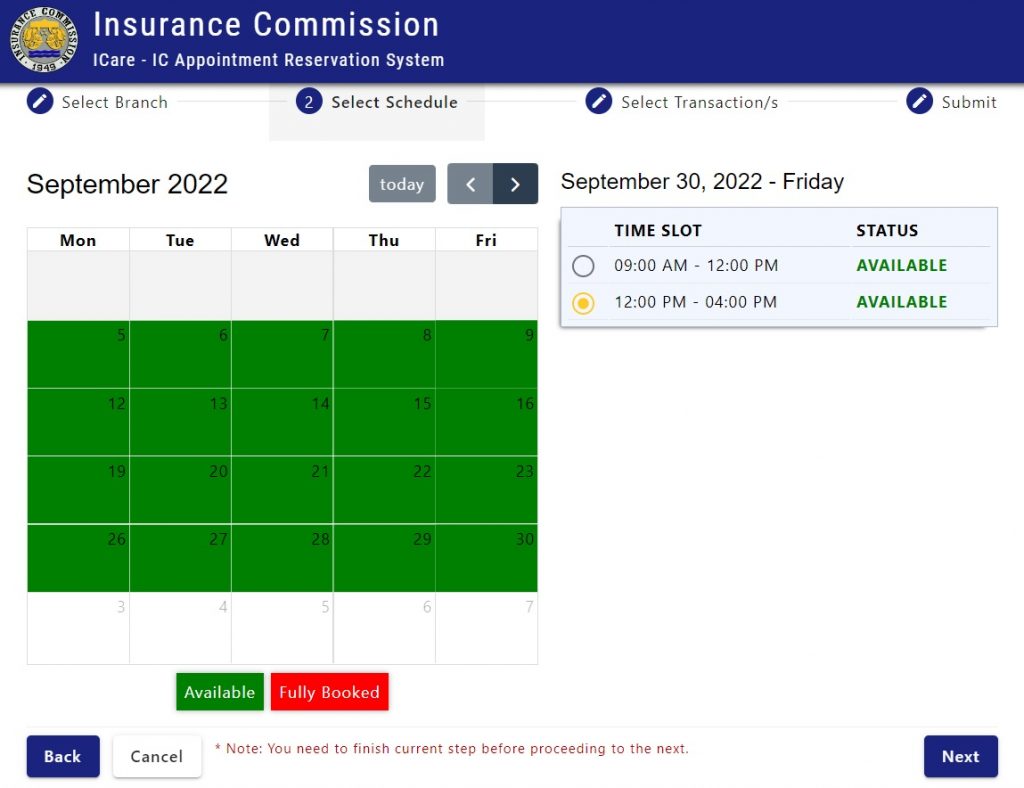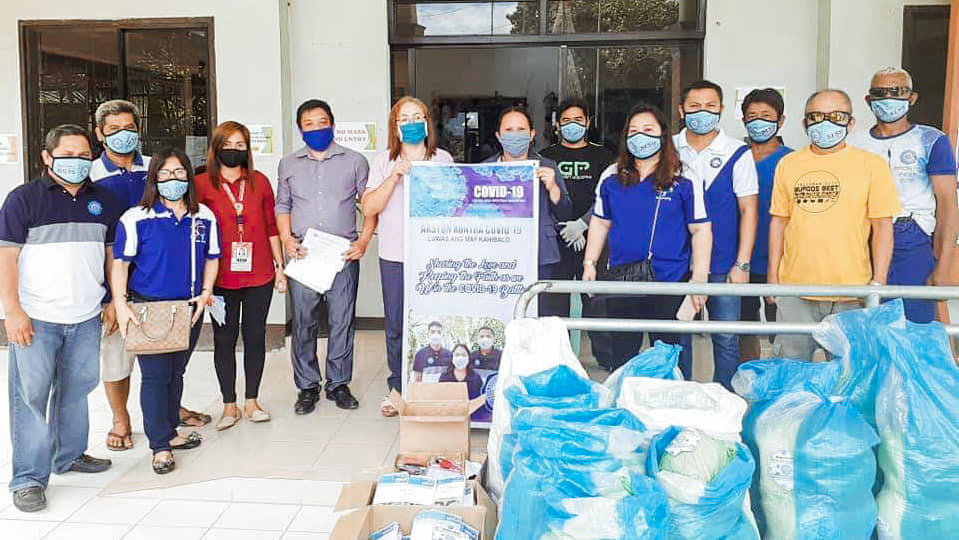Organization
City Government of Ormoc
Best Practice Focus Area/s
Citizens / Customers
Year Implemented
2017 up to present
This is a GBPR entry
Summary
The AGAK (Agakon ug Giyahan Atong Kaigsuonan, which translates to Support and Guide our Brothers and Sisters) Drug Rehabilitation and Support Services Program was Ormoc City’s response to the ‘war against illegal drugs’ with due respect to human rights.
The program is designed to recover persons who use drugs (PWUDs) and reintegrate them into the community. The program serves two types of PWUDs: those who surrendered voluntarily to the barangay offices or police stations and those who availed of a plea bargain agreement. The equally important beneficiaries are the families of the PWUDs and the community. The program considers that reform and its sustainability should involve everyone in the community.
Background and Problem
In 2015, Ormoc was once tagged as the Drug Capital of Eastern Visayas because of the excessive supply of illegal drugs and illicit drug activities, from drug pushing to drug use, not to mention the drug dens that flooded the corners of the streets. The entire city was deemed unsafe, especially for women and children.
When former President Rodrigo Duterte declared the ‘war against illegal drugs in 2016, over thirty thousand (30,000) PWUDs (Persons Who Used Drugs) surrendered in Region 8, and over four thousand (4,000) surrendered in Ormoc City as recorded by the local police within the six (6)-month period of July to December.
In response, the City Government of Ormoc City through the directive of former Mayor Richard Gomez established a community-based drug rehabilitation program called “AGAK†(Agakon ug Giyahan Atong Kaigsuonan, which translates to Support and Guide our Brothers and Sisters) for the recovery of the PWUDs and their reintegration into the community.
Solution and Impact
The AGAK Drug Rehabilitation and Support Services Program of Ormoc City employs a holistic approach to guiding and helping PWUDs in their journey to community-based rehabilitation and reintegration into the community. The modules of this program were anchored on the Model of Psychosocial Health which sees the five domains of human development (mental/cognitive, physical, emotional, spiritual, and social) as interrelated and needing to be kept in balance to sustain overall well-being. Cultural considerations were also made in module development for low-risk and moderate-risk PWUDs.
Along with this, the application of the above model was the conceptualization of the five process levels:
- Individual level, where all the PWUDs are gathered in the presence of the local officials, the anti-drug abuse council, and other partner stakeholders. The PWUDs are given information on the health effects of illegal drugs and the legal implications of their actions. They are also briefed on the entire process of rehabilitation and reintegration.
- Family/household level, where social preparation initially takes place. The family members or relatives of the PWUDs are made aware of the critical role they play in the recovery of the clients in the citywide treatment and rehabilitation and the nationwide drug war.
- Community/barangay level, where the BADACs are mobilized to access local funds for regular meetings and other activities. Drug rehab help and referral desks are also created.
- City level, where the entire drug rehab intervention is conducted by the LGU healthcare and social welfare personnel. The City Anti Drug Abuse Council (CADAC) meets regularly to discuss issues and concerns regarding the program’s overall functionality in terms of financing, regulation, governance, and service delivery.
Linkages with various regional and national agencies and other stakeholders like civic organizations and private educational institutions are continually formed for the rehabilitation and the aftercare program.
- Regional level/referral facility level, where high-risk PWUDs, and those who are high-risk with co-morbidity are referred to the Department of Health Treatment and Rehabilitation Center (DOH-TRC),a rehabilitation facility in the region for specialized care. The DOH RO8 and the DOH-TRC, through a Memorandum of Agreement (MOA)Â with LGU Ormoc, also provide technical training and commodities such as drugs and medicines.
Milestones/Next Steps
In the second half of 2016, the PWUDs who surrendered underwent mass categorization. Then the local healthcare providers underwent training in the DOH Treatment and Rehabilitation Center, and Ormoc’s drug rehab team developed the modules for low-risk and moderate-risk PWUDs.
The establishment of a functional CADAC through an executive order forged strong interagency collaboration and commitment. In 2017, Php 5Million was allocated to the city’s Anti-Drug Program as a priority program identified in the Executive-Legislative Agenda (ELA). The AGAK Drug Rehabilitation and Support Services Program is a program component. The drug rehab team initially served the Low-Risk PWUDs in 2017 with the AGAK General Intervention Module. The LGU also entered into a MOA with the DOH-RO8 and TRC-Dulag for the drug rehabilitation efforts of the city.
In 2018, AGAK was institutionalized through Executive Order No. 10. The drug rehab team started catering to the moderate-risk PWUDs with its localized AGAK Outpatient-Based Rehabilitation Module. Further, plea bargainers from RTC Region 8 underwent Drug Dependency Examination/Screening (DDE) and were registered for the program. In the same year, the program resulted in Ormoc City’s recognition by DOH RO8 as an LGU with Best Practice in Community-Based Rehabilitation (CBRP) that supports the Dangerous Drug Abuse Prevention and Treatment Program, ensuring a holistic approach to the treatment and care of PWUDs.
In 2019, AGAK Drug Rehab and Support Services was recognized by the Bureau of Jail Management and Penology (BJMP) RO8 for supporting the jail bureau’s program for the reintegration of PDLs (Persons Deprived of Liberty). This support entailed modification of the AGAK modules to fit the needs and availability of the BJMP clients and their families without compromising the efficiency of the interventions.
With the recognition it received from different agencies, the Ormoc drug rehab team through the CADAC is pushing for the creation of a City Ordinance to institutionalize the Community-Based Rehabilitation Program (CBRP) fully. Such ordinance has now been drafted. Ormoc City also plans to hold a “2020 Search for White Calachuchi Award for a Drug-Free Workplaceâ€. With the pandemic temporarily suspending most programs and services, the program implementers are preparing for the resumption of drug rehab services for low-risk and moderate-risk PWUDs and home visitation.



